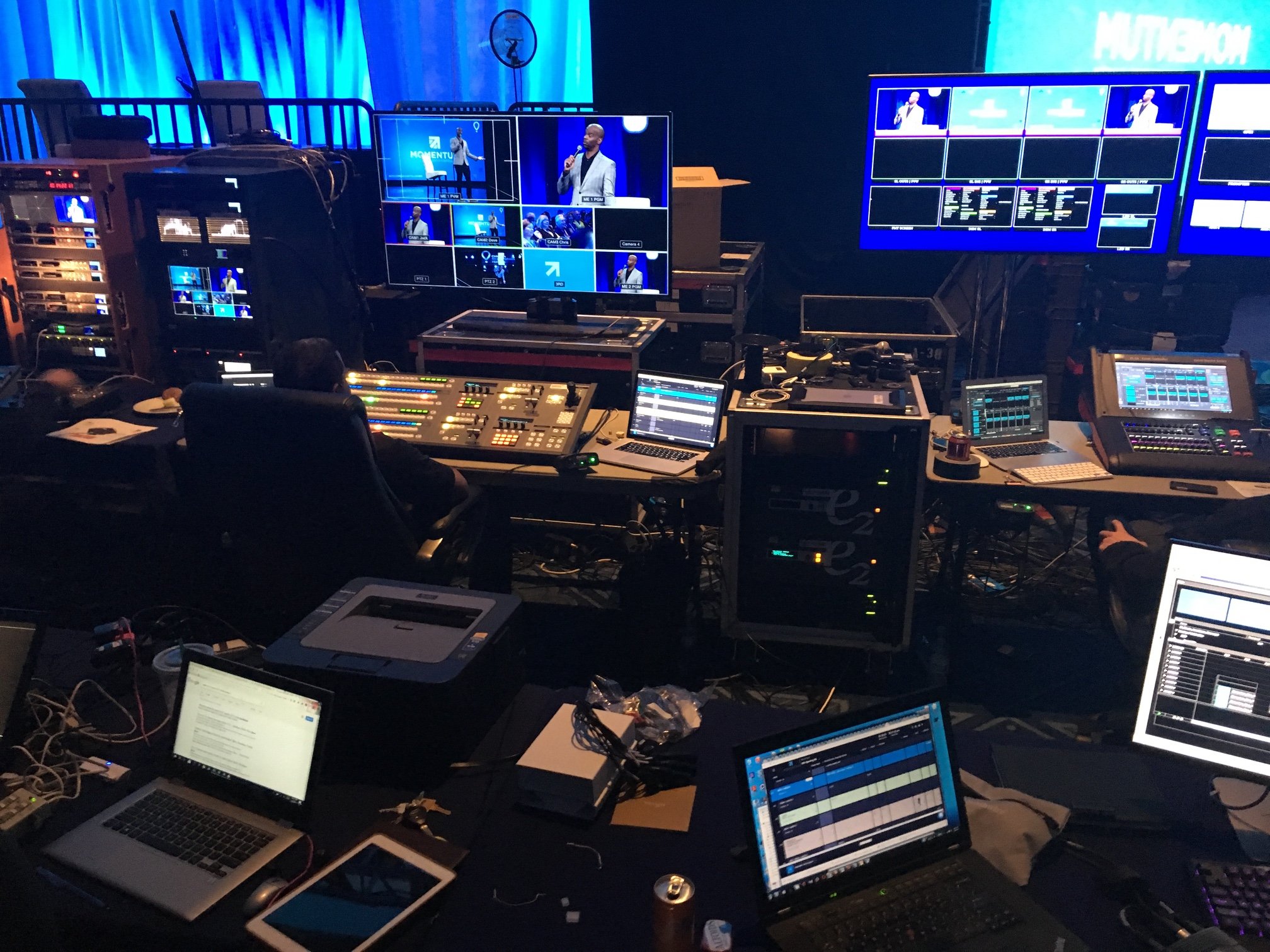Transform Your Event with Your Event Source Charlotte Rentals and Services.
Transform Your Event with Your Event Source Charlotte Rentals and Services.
Blog Article
Why Event Source Solutions Are Crucial for Smooth Event-Driven Architectures
In the realm of contemporary software application development, event-driven designs are progressively common, yet their efficiency hinges on the execution of robust occasion resource services. As markets change towards real-time data handling, recognizing the implications of occasion sourcing comes to be necessary.
Recognizing Event-Driven Styles
Event-driven styles (EDAs) represent a paradigm change in creating software program systems, where the circulation of information is figured out by the event of occasions. This building style promotes a decoupled technique, allowing different components to connect asynchronously. In EDAs, occasions work as the primary ways of interaction, activating procedures or operations in feedback to details occurrences, such as individual activities or system changes.
The key parts of an EDA include event manufacturers, which generate occasions; event consumers, which react to events; and occasion channels, which help with the transmission of events between manufacturers and customers. This structure enhances system responsiveness and scalability, as parts can individually process events without the need for concurrent communication.
Additionally, EDAs allow real-time data handling, making them ideal for applications calling for prompt insights-- such as scams detection in financial systems or monitoring IoT gadgets. They likewise sustain an even more agile advancement setting, enabling groups to repeat swiftly and release new functions with minimal disturbance to existing solutions.
The Role of Occasion Resource Solutions
While different parts in an event-driven architecture count on effective interaction, event resource services play a vital role in producing and handling the circulation of events. These remedies serve as the preliminary point of occasion production, recording adjustments in state or individual actions and equating them right into events that can be circulated with the system.

Additionally, they help with the decoupling of manufacturers and customers within an architecture, enabling systems to range independently. This decoupling is important for improving system resilience, as it lessens reliances that can otherwise result in bottlenecks or single points of failure.
Advantages of Real-Time Data Handling
Real-time data processing significantly boosts the capabilities of event-driven designs by enabling prompt insights and activities based on the current information (your event source charlotte). This immediacy not only speeds up decision-making however also raises the relevance and accuracy of those decisions. Organizations can react to occasions as they happen, decreasing latency and enhancing functional dexterity
Among the primary benefits of real-time information handling is the ability to capture and assess data continuously. This promotes positive steps instead than responsive responses, allowing services to anticipate trends and potential problems prior to they rise. In markets such as money or shopping, real-time analytics can determine deceptive deals or consumer actions modifications, permitting quick treatments that mitigate risk and optimize more tips here consumer complete satisfaction.

Ultimately, the integration of real-time data handling into event-driven designs empowers organizations to harness the full possibility of their information, driving advancement and affordable benefit in a significantly dynamic marketplace.
Enhancing System Communication
Reliable communication between systems is essential for the success of any type of event-driven architecture. Event resource services facilitate this communication by offering a robust structure for recording and transferring events in real time. By standardizing how systems produce and consume occasions, these remedies eliminate uncertainty and foster interoperability, allowing inconsonant systems to function with each other effortlessly.
Making use of event streams allows systems to react quickly to modifications, making sure that all components are lined up and informed. This responsiveness is essential in atmospheres where prompt data exchange straight impacts decision-making and general system efficiency. Event resource options supply systems for event filtering system, transformation, and directing, check this enhancing the performance of data circulation between systems.
In addition, by applying a publish-subscribe model, occasion source solutions decouple system parts, enabling higher flexibility and scalability. This decoupling suggests that systems can evolve independently, making it easier to integrate brand-new functionalities or change existing parts without interfering with total interaction.
Future Fads in Event Sourcing


An additional considerable pattern is the increase of cloud-native event sourcing remedies. These systems utilize the scalability and flexibility of cloud facilities, allowing organizations to effectively handle and keep large amounts of occasion information without the expenses of standard systems. This shift advertises greater access and partnership throughout teams.
Moreover, the fostering of microservices style is influencing event sourcing techniques. As organizations progressively section their applications into smaller sized, independent services, event sourcing gives a robust mechanism to keep information consistency and honesty throughout these dispersed systems.
Final Thought
Finally, occasion source remedies function as a critical structure for smooth event-driven styles, allowing efficient event generation and monitoring. By promoting asynchronous interaction between parts, these remedies improve system strength and promote the independent development of services. The advantages of real-time information handling and boosted system interaction underscore the importance of embracing event sourcing approaches. As the need for robust distributed systems increases, the relevance of occasion source remedies will remain to grow, forming the future of use this link event-driven style.
Report this page